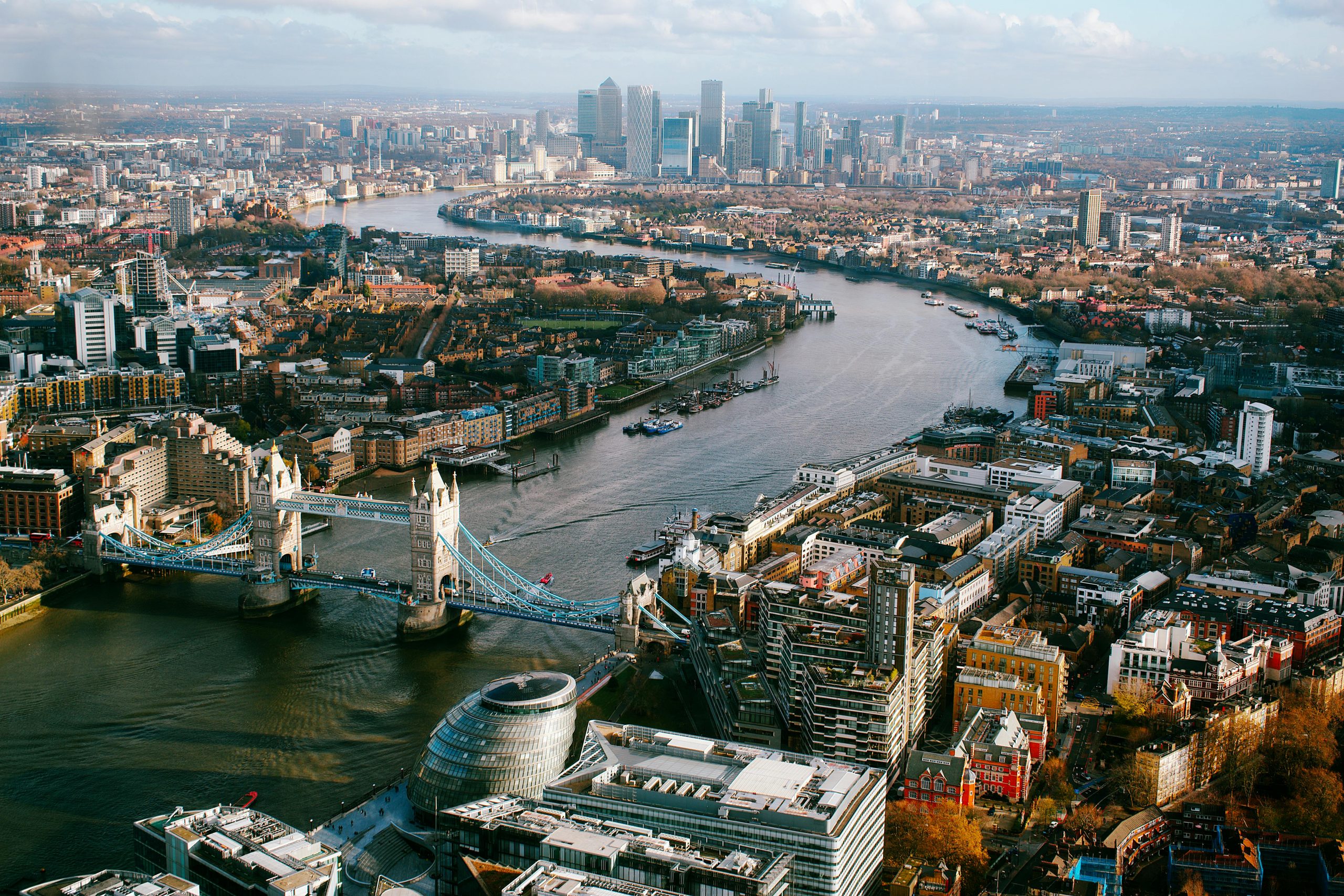Power storage’s expanding acronym soup of competing technologies received another ingredient this morning. On Britain’s rivers, V2G may soon include “vessel-to-grid”, as an alternative to the more common “vehicle-to-grid”.
The Electric Thames project is a collaboration of the south-east’s distribution grid operator UKPN, low carbon innovators Marine Zero and consultants LCP Delta.
Reducing carbon emissions in a city once known as The Smoke, the trio foresee electric-powered vessels helping to power London’s energy network, at least at the margins, and generating income for commercial vessel operators on the Thames.
Amps caught, at Amp-ton Court
Still on the drawing board, the parties’ feasibility study is now running the numbers on using electric vessels to feed stored power back into the capital’s electricity network, accelerating the transition to Net Zero.
Expanding city-wide the principle of home night storage heaters, battery-powered vessels on the Thames could store green energy when the wind blows or the sun shines, then feed it back to the grid during peak electricity hours.
Cruising for coulombs
The approach could help increase the capital’s flexible energy capacity and reduce peak electricity demand.
The Electric Thames venture complies with the Port of London Authority’s intention annnounced in February to reach Net Zero in the river’s operations by 2040.
Its research centres on scaling up electric riverine transport, from easily converted pleasure cruisers, to diesel-powered pilot boats, tugs and commercial freighters. Even the 50 barges run every day by Cory Group to collect non-recyclable waste from depots at Wandsworth, Barking, Battersea and others, are believed to fall within the study.
Funded by Ofgem, Electric Thames’ discovery phase ends next month, as it assesses responses from vessel and quay operators, mapping out their power needs.
Insights yielded will allow UKPN to plan works needed to facilitate the move to cleaner vessel and transport operations on the Thames.
Take me to the river, drop me in the water
Passenger carrying boats powered by electricity are a growing market. In Berlin at least one operator hires out electric cruisers by the hour to tourists.
Swedish boatmaker Candela builds a range of battery-powered hydrofoils. Lifting away from the water’s drag, its new P-12 model takes only 16 seconds to reach 30 knots, carries the same number of passengers and joins Stockholm’s mass transit system this year. Founder Gustav Hasselskog blogged recently; “We’re jump-starting production to keep up with demand.”
Back on the Thames, UK Power Networks’ head of innovation Luca Grella said: “This is a first-of-its-kind project in Britain, and one that is operating at the forefront of energy innovation. Tapping into this potential will not only help us create a cleaner Thames for everyone but will also give us an additional supply of flexible, green energy which will help our transition to a decarbonised energy system.
“We’re thrilled to be leading the way. We are looking forward to seeing how this approach could be scaled to other rivers across the country.”
Ferry, cross the Murky
Andy Hurley, director at Marine Zero, said: “Electric Thames isn’t just about achieving zero emissions on our capital’s river – it is even more exciting and significant than that.
“Along with our partners, we’re developing a completely new approach to increasing energy flexibility by developing new income streams new and flexible solutions for vessel and quay operators.
“We are delighted that Marine Zero has been selected to support the discovery phase of the project using our maritime experience and intelligence. We look forward to engaging with operators along the Thames over the coming weeks.”
His Falmouth-based company is developing what it believes is Britain’s first electric ferry, which charges by being plugged into a floating buoy.
Last year Marine Zero was awarded £3million by the Department for Transport to make a prototype electric-powered replacement for the St Mawes ferry in Cornwall. The service carries up to one million passengers a year.




